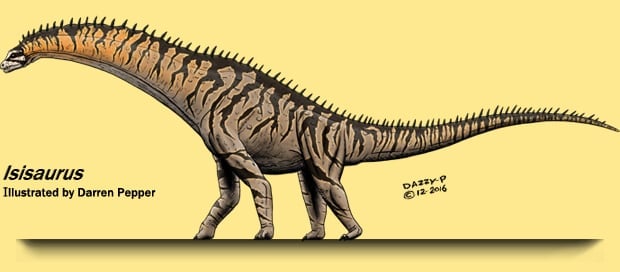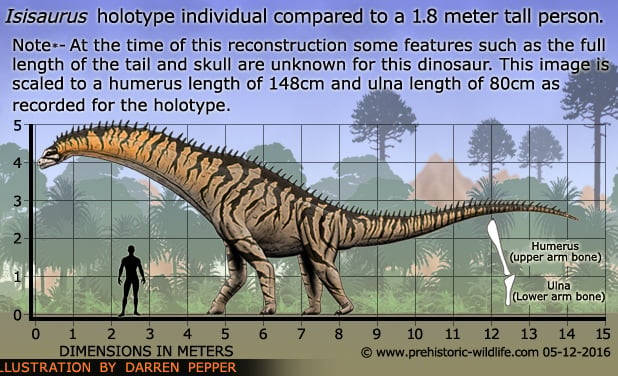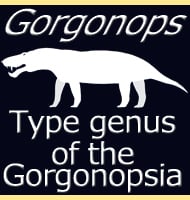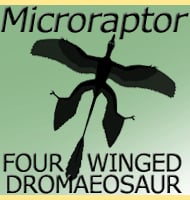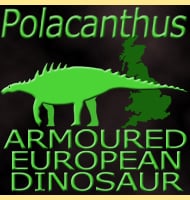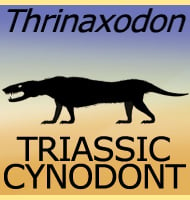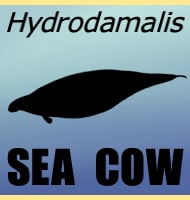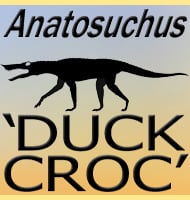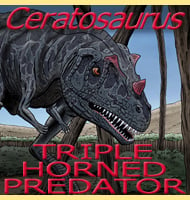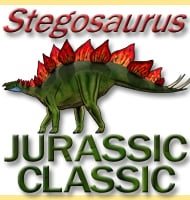In Depth
Originally named in 1997 as Titanosaurus colberti by Jain and Bandyopadhyay, a new study by Wilson and Upchurch in 2003 saw the fossils renamed as a new genus, Isisaurus. Isisaurus was named after the Indian Statistical Institute and should not be confused with the goddess Isis from Ancient Egyptian mythology.
Isisaurus was a moderately size titanosaur that roamed India during the late Cretaceous period. Fungal analysis of coprolites attributed to Isisaurus has revealed that Isisaurus probably fed upon a variety of different trees. This would confirm that Isisaurus was a high browser. Isisaurus would have shared its environment with other similar dinosaurs such as Jainosaurus as well as predatory theropods like the abelisaur Rajasaurus which may have posed a serious threat to young juveniles of both of these titanosaurs.
Further Reading
– New Titanosaurid (Dinosauria: Sauropoda) from the Late Cretaceous of Central India – Sohan L. Jain, Saswati Bandyopadhyay – 1997. – A revision of Titanosaurus Lydekker (Dinosauria – Sauropoda), the first dinosaur genus with a ‘Gondwanan’ distribution – Jeffrey A. Wilson & Paul Upchurch – 2003. – Fungi in dinosaurian (Isisaurus) coprolites from the Lameta Formation (Maastrichtian) and its reflection on food habit and environment. – Micropaleontology, 51(1): 73-82. – N. Sharma, R. K. Kar, A. Agarwal & R. Kar – 2005.
